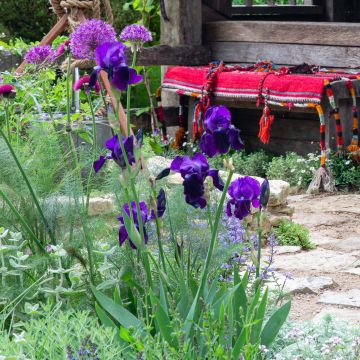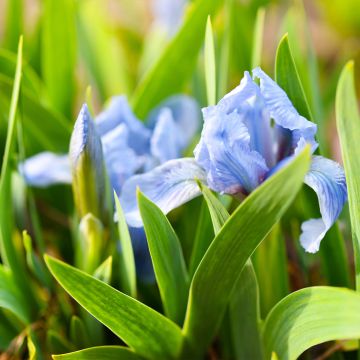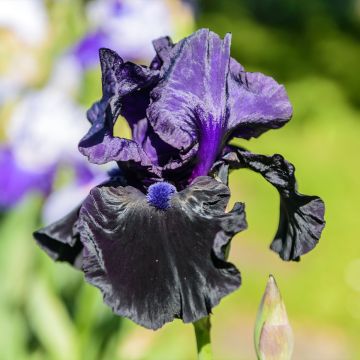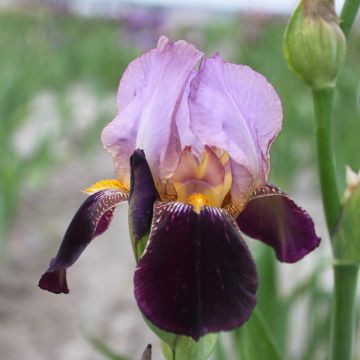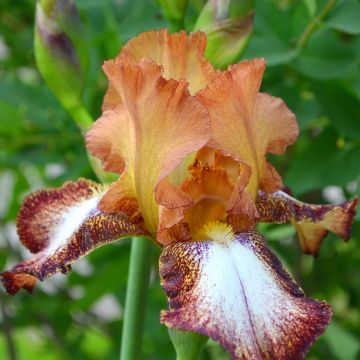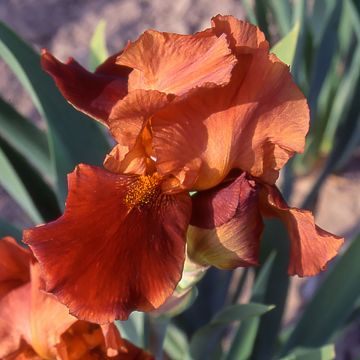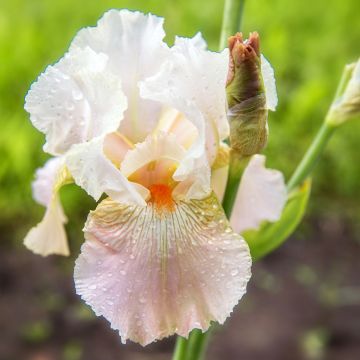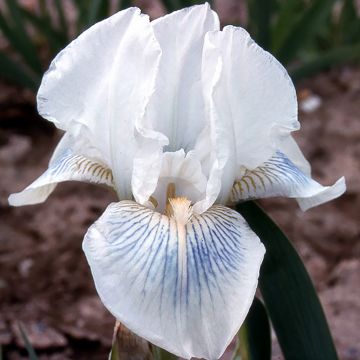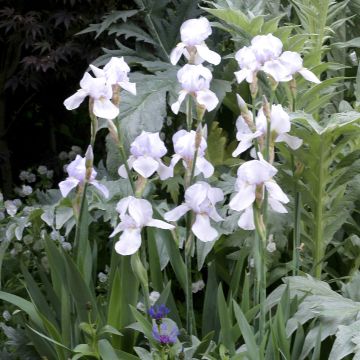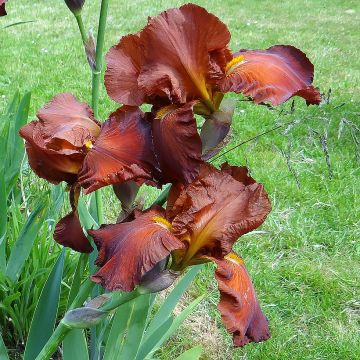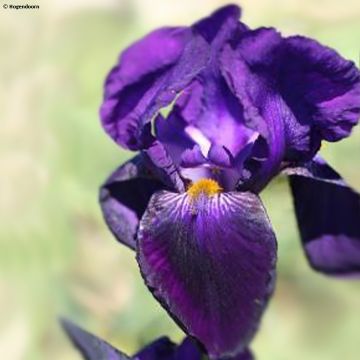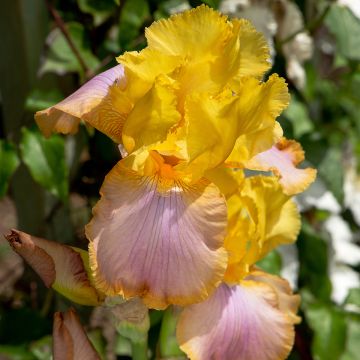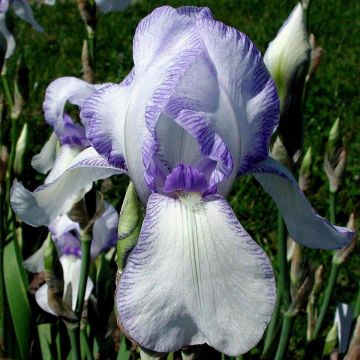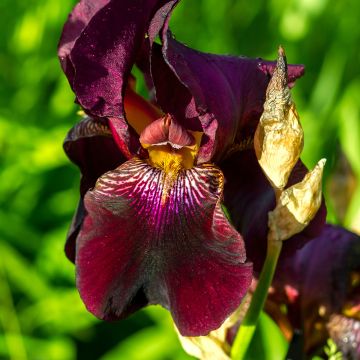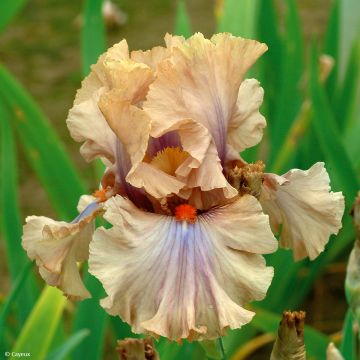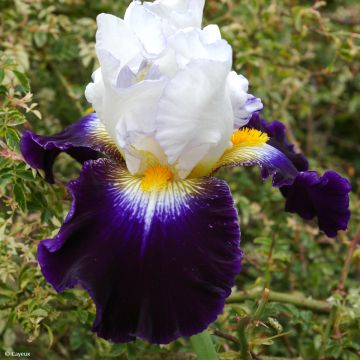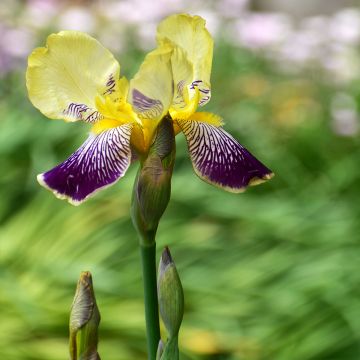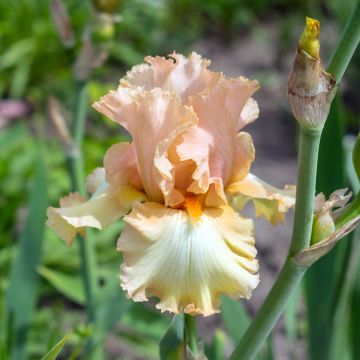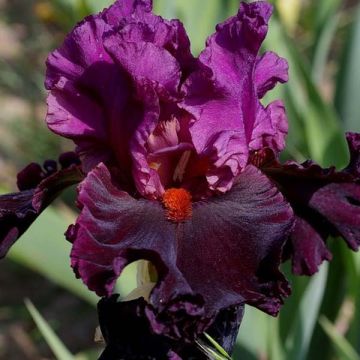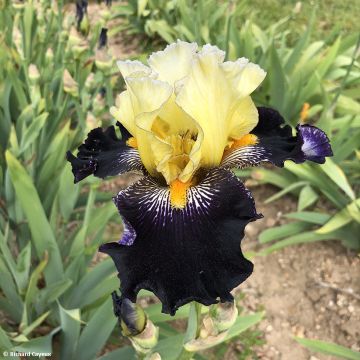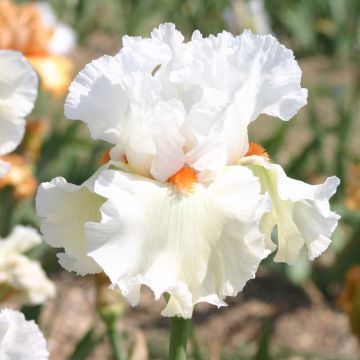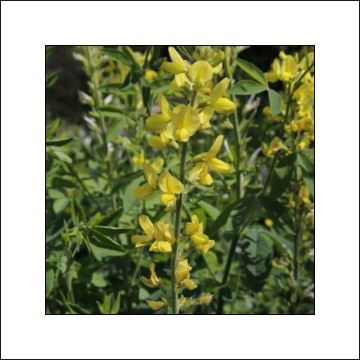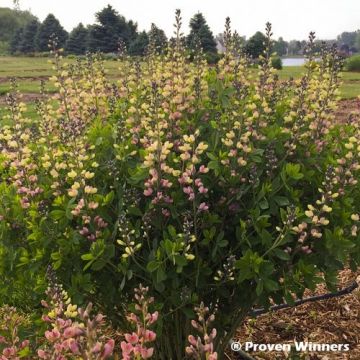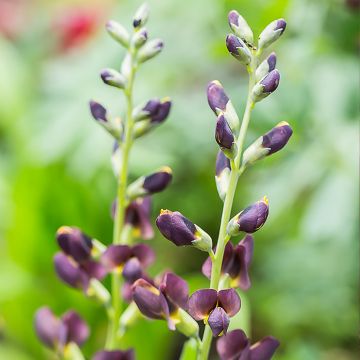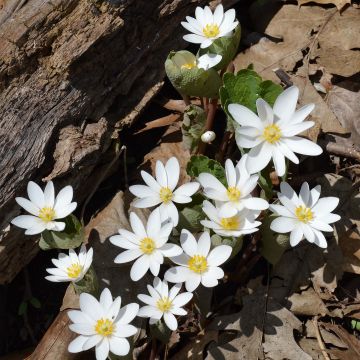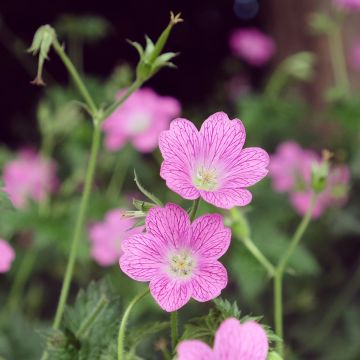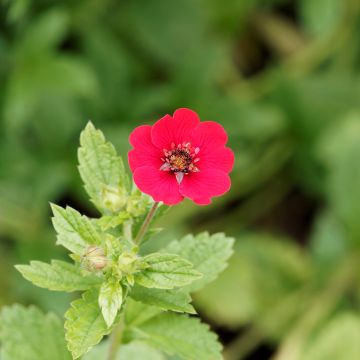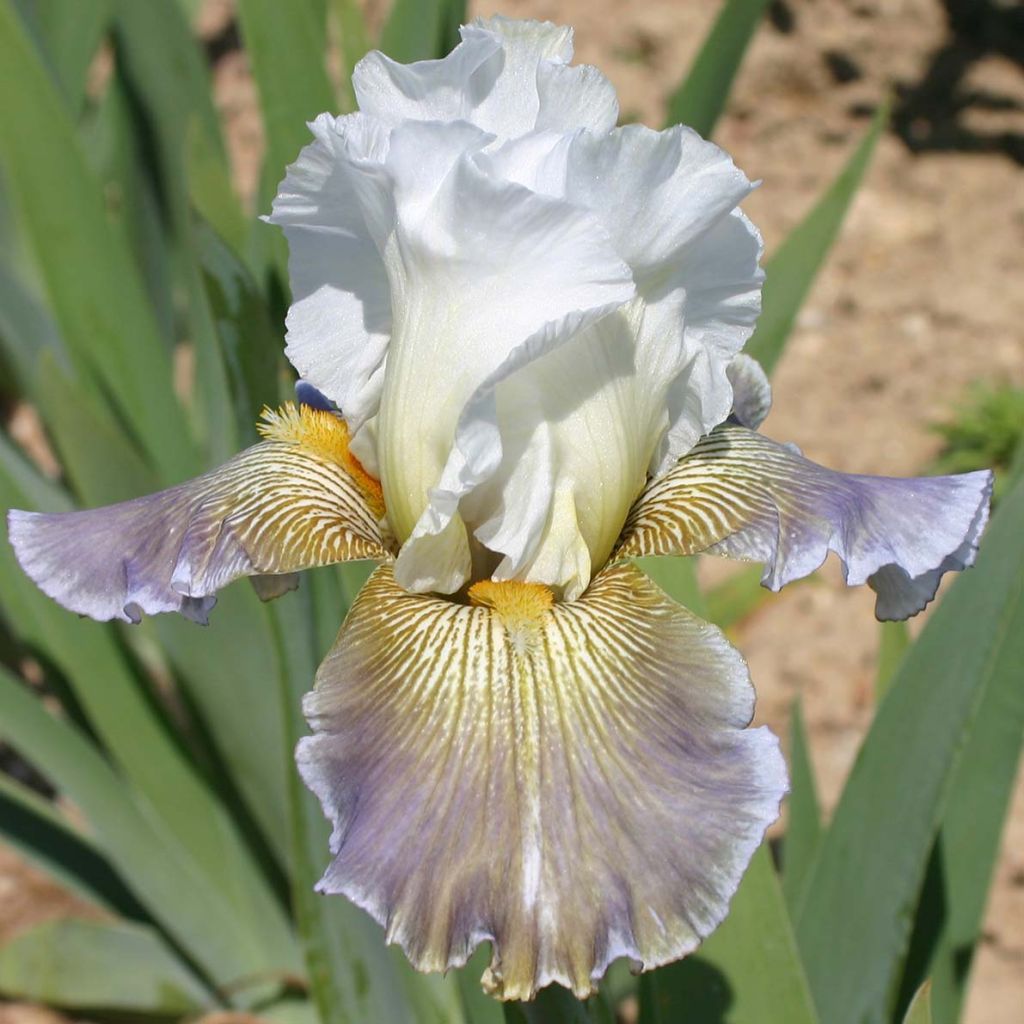

Iris germanica Ciel Gris sur Poilly - Iris des Jardins
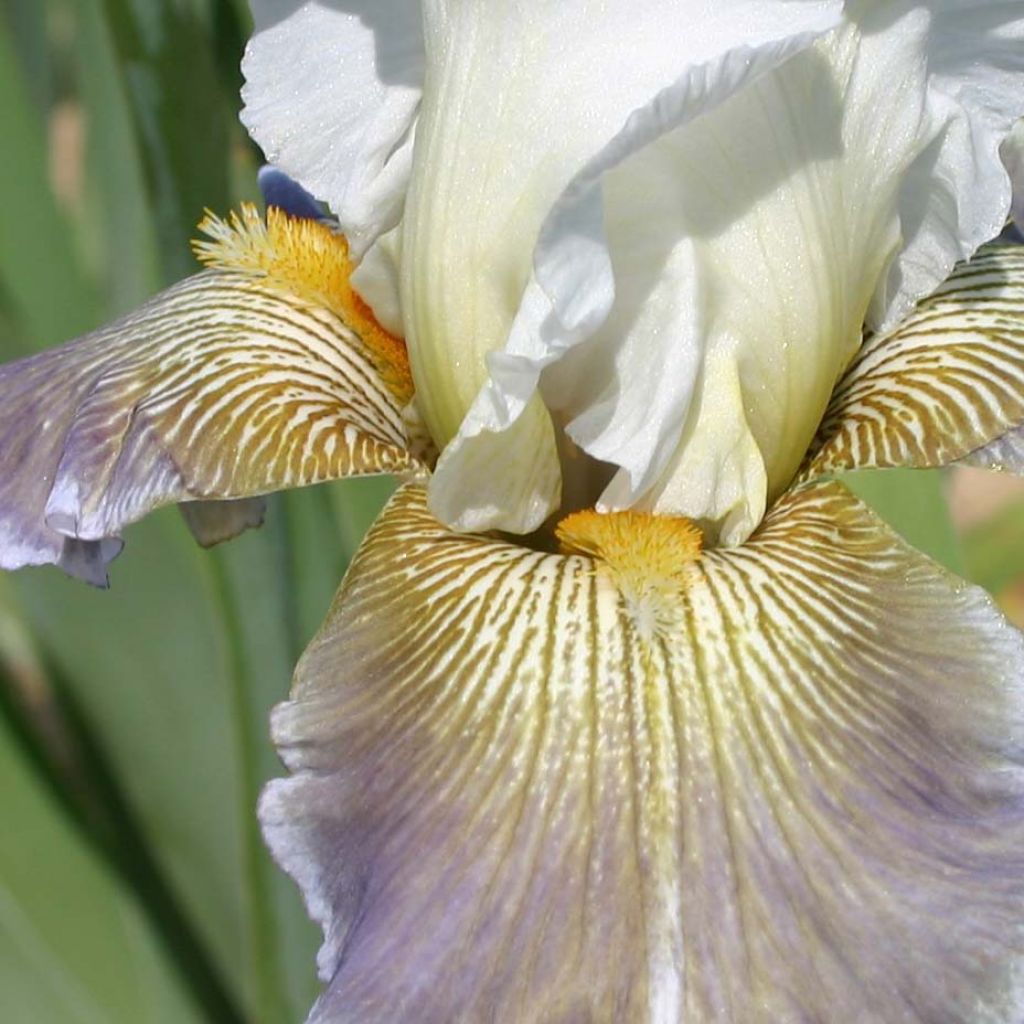

Iris germanica Ciel Gris sur Poilly - Iris des Jardins
Iris germanica Ciel Gris sur Poilly - Bearded Iris
Iris germanica Ciel Gris sur Poilly
German Iris, Bearded Iris
Why not try an alternative variety in stock?
View all →This plant carries a 12 months recovery warranty
More information
We guarantee the quality of our plants for a full growing cycle, and will replace at our expense any plant that fails to recover under normal climatic and planting conditions.
From €5.90 for pickup delivery and €6.90 for home delivery
Express home delivery from €8.90.
From €5.90 for pickup delivery and €6.90 for home delivery
Express home delivery from €8.90.

Does this plant fit my garden?
Set up your Plantfit profile →
Description
Iris germanica 'Ciel Gris sur Poilly', named after the grey colur of its leaden sepals like a sky filled with clouds, is also a beautiful evocation of the small town of Berry where it was born. This Garden Iris with its unusual, elegant, and discreet colour, still has its place in the garden, to accompany pink or red flowers. The pure white petals unfold wide undulating and almost horizontal sepals, in a true medium gray, illuminated by a bright yellow beard from which beautiful bronze veins radiate. This rather robust variety will offer better resistance to bad weather.
The 'Ciel Gris sur Poilly' Iris is a rhizomatous and deciduous perennial plant with an upright habit. It belongs to the Iridaceae family. It is one of the many cultivars obtained over centuries, whose controversial origin is discussed around the number of chromosomes of potential ancestors. It should be noted that Garden Irises have European origins.
'Ciel Gris sur Poilly' is a sturdy variety that will reach 80cm (32in) in height when flowering, with a solid stem by rhizomes, carrying 5 to 6 flower buds. The clump will spread very quickly, with no theoretical limit over time, as the central rhizomes become bare in favour of the outer rhizomes. The foliage consists of long sword-shaped, glaucous green and highly veined leaves. In April, floral stems appear, which will give flowers in May, blooming from the top to the lower branches. The very soft colour of this plant is, as always with Garden Irises, magnified by the silky texture of the petals and sepals. This variety tends to flower towards the end of the Iris season.
Cultivated by Cayeux, 2011.
To accompany Irises, choose plants to associate based on their needs (exposure, soil...), their non-choking vegetation for their rhizomes (low-growing plants or light foliage), and their complementarity (appearance, flowering date). For example, Gauras will cast little shade on Irises and will keep the faded massif attractive all summer. Eschscholzias will be content with a dry and poor soil, just like Irises. Geraniums, salvias, and Libertia also accompany Irises very well. Slopes and terraced edges will be stabilized by dense plantings of old vigorous varieties that can remain in place and require little care. If the goal is more decorative and easier access for maintenance, you can choose more modern varieties, such as intermediates, often very floriferous, which will be less likely to bend in the wind or rain compared to tall varieties.
At the base of a very sunny wall, sheltered from the wind, you can use tall Irises. You can plant them in the background behind shorter and earlier-blooming varieties.
Iris germanica Ciel Gris sur Poilly - Bearded Iris in pictures
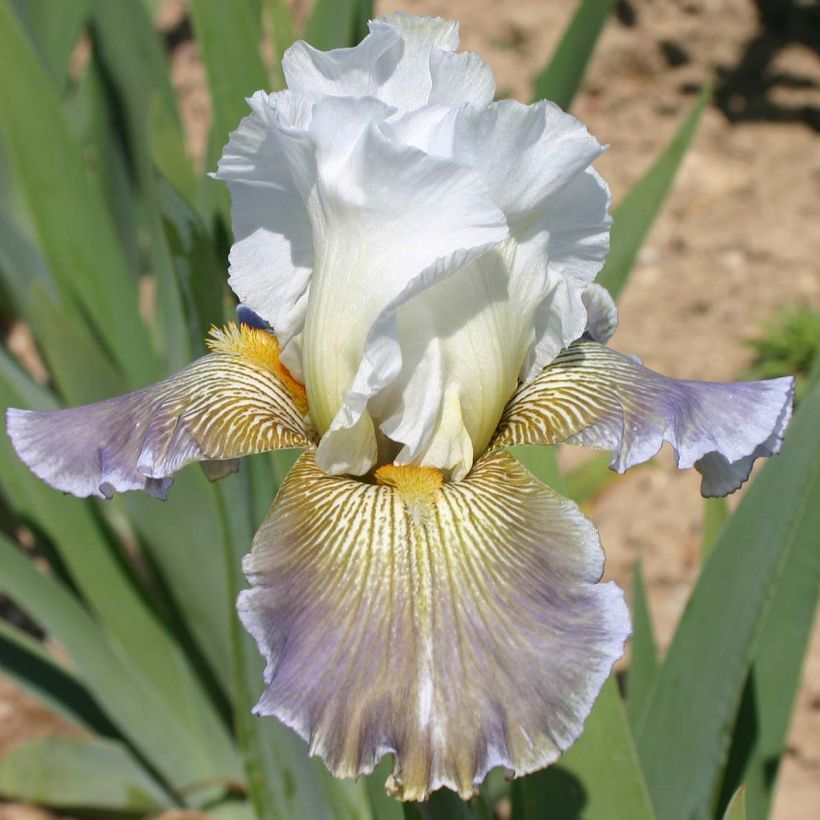

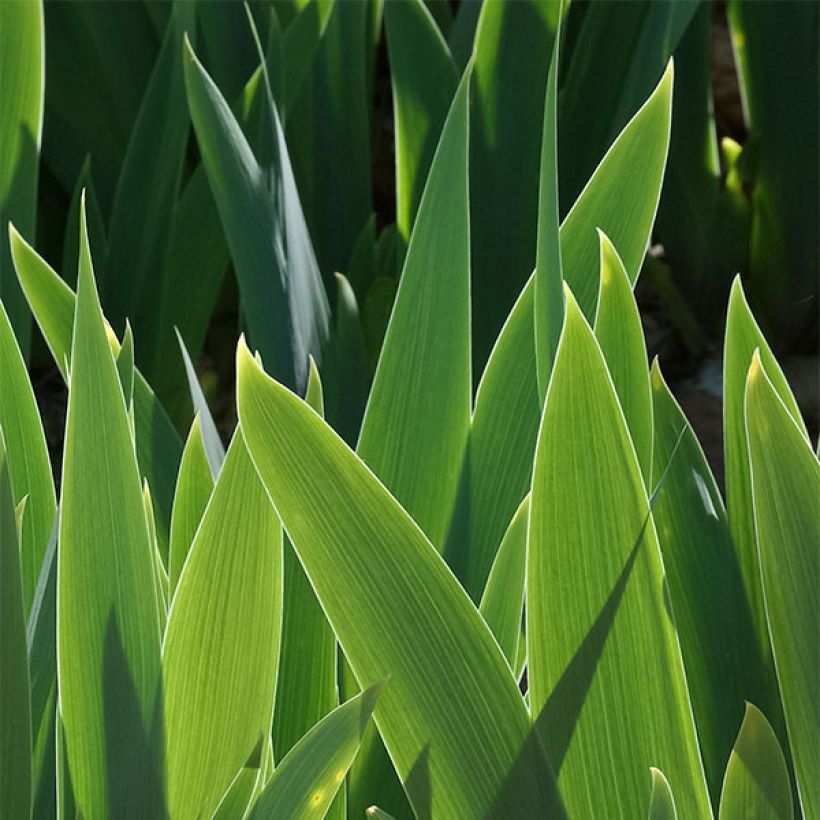

Flowering
Foliage
Plant habit
Botanical data
Iris
germanica
Ciel Gris sur Poilly
Iridaceae
German Iris, Bearded Iris
Cultivar or hybrid
Other German Iris - Bearded Iris
Planting and care
Do you have a very sunny, rather dry location in the summer?
This is the ideal location for planting irises! In the shade, they grow but do not flower. They are grown in all regions. Hardy, they do not need winter protection. Well-drained soil is perfect, even if it is rather dry and chalky, or even stony. Soil that is too wet promotes rootstock rot. Plant from July to September. This gives the rootstock enough time to grow sufficiently before being dug up, and to develop new roots before winter. They should be planted as soon as they are purchased, for better results. Plan to divide irises every 4 years or so to give them fresh soil. They have strong growth and require space to develop and flower well. They are planted with spacing adapted to the size and vigour of the variety: about 34-50cm (13-20in) for large ones (5 to 10 plants per square metre). Always consider the direction of growth of the rootstocks by arranging them in a star shape, with buds and leaves facing outward, and spacing them well from other varieties so they have room to grow.
Planting
Dig a hole that is wide and deep enough. Create a conical mound of soil in the hole, on which the rootstock and spread-out roots are placed. Cover the roots. It is important for the rootstock to be at the surface of the soil. It should not be planted in a depression (risk of rot). Take into account that the soil will settle and the iris will sink. In clayey or moist soil, the rootstock can even be left elevated on a slight mound of a few centimetres. To make the soil adhere to the roots, lightly compact the soil and water it abundantly after planting. Water 2-3 times if necessary until it establishes.
Maintenance:
Keep the soil free from weeds by shallow hoeing, taking care not to damage the rootstocks or roots. Weeds shade the irises, retain moisture (causing rot), and attract slugs. Similarly, remove dry leaves. If they are diseased (red-bordered spots of heterosporiosis), we recommend burning them. Remove faded flowers.
Planting period
Intended location
Care
-
, onOrder confirmed
Reply from on Promesse de fleurs
Spring flowering perennials
Haven't found what you were looking for?
Hardiness is the lowest winter temperature a plant can endure without suffering serious damage or even dying. However, hardiness is affected by location (a sheltered area, such as a patio), protection (winter cover) and soil type (hardiness is improved by well-drained soil).

Photo Sharing Terms & Conditions
In order to encourage gardeners to interact and share their experiences, Promesse de fleurs offers various media enabling content to be uploaded onto its Site - in particular via the ‘Photo sharing’ module.
The User agrees to refrain from:
- Posting any content that is illegal, prejudicial, insulting, racist, inciteful to hatred, revisionist, contrary to public decency, that infringes on privacy or on the privacy rights of third parties, in particular the publicity rights of persons and goods, intellectual property rights, or the right to privacy.
- Submitting content on behalf of a third party;
- Impersonate the identity of a third party and/or publish any personal information about a third party;
In general, the User undertakes to refrain from any unethical behaviour.
All Content (in particular text, comments, files, images, photos, videos, creative works, etc.), which may be subject to property or intellectual property rights, image or other private rights, shall remain the property of the User, subject to the limited rights granted by the terms of the licence granted by Promesse de fleurs as stated below. Users are at liberty to publish or not to publish such Content on the Site, notably via the ‘Photo Sharing’ facility, and accept that this Content shall be made public and freely accessible, notably on the Internet.
Users further acknowledge, undertake to have ,and guarantee that they hold all necessary rights and permissions to publish such material on the Site, in particular with regard to the legislation in force pertaining to any privacy, property, intellectual property, image, or contractual rights, or rights of any other nature. By publishing such Content on the Site, Users acknowledge accepting full liability as publishers of the Content within the meaning of the law, and grant Promesse de fleurs, free of charge, an inclusive, worldwide licence for the said Content for the entire duration of its publication, including all reproduction, representation, up/downloading, displaying, performing, transmission, and storage rights.
Users also grant permission for their name to be linked to the Content and accept that this link may not always be made available.
By engaging in posting material, Users consent to their Content becoming automatically accessible on the Internet, in particular on other sites and/or blogs and/or web pages of the Promesse de fleurs site, including in particular social pages and the Promesse de fleurs catalogue.
Users may secure the removal of entrusted content free of charge by issuing a simple request via our contact form.

































